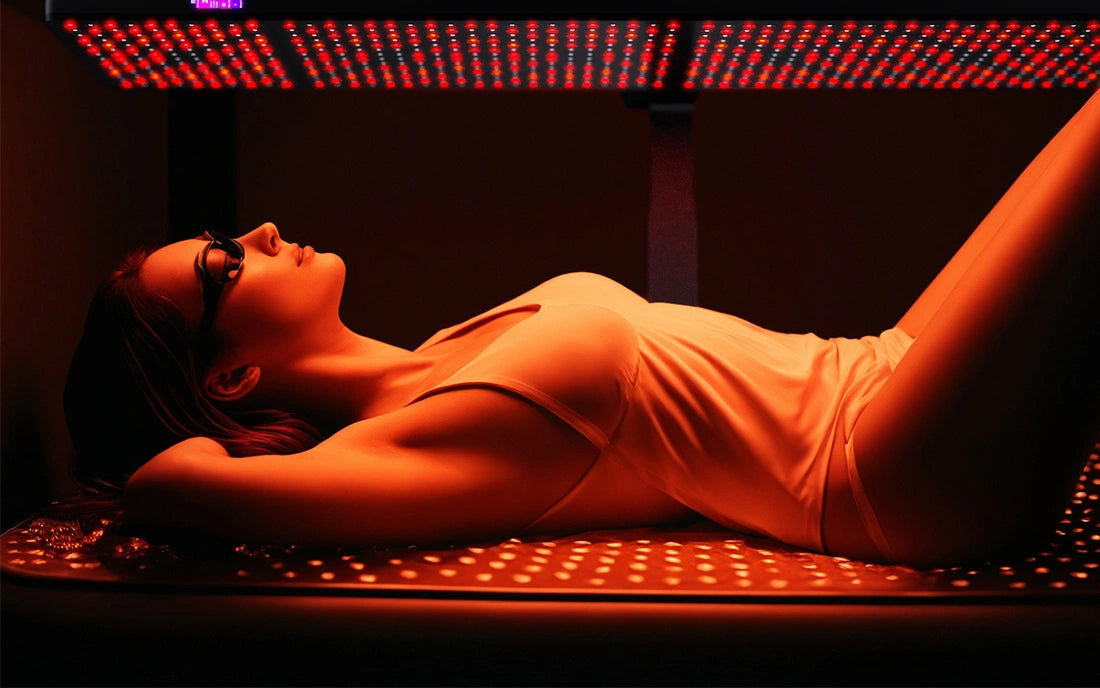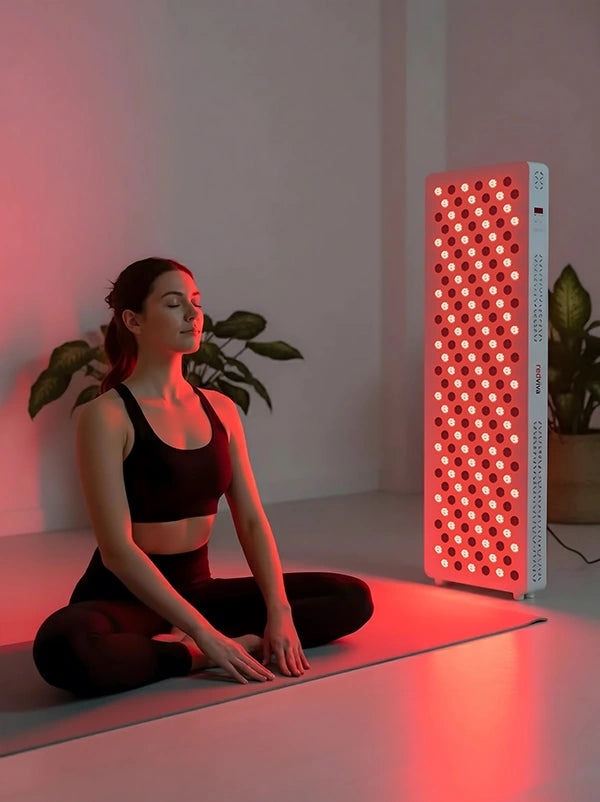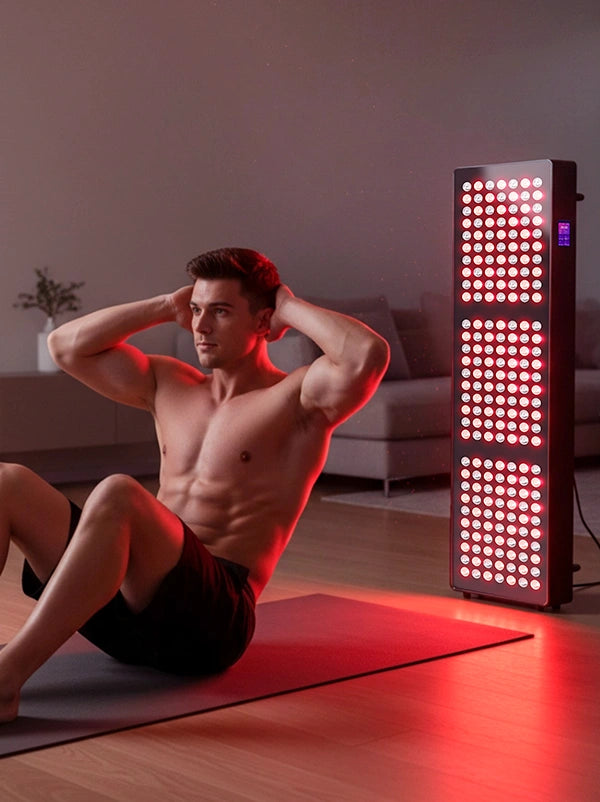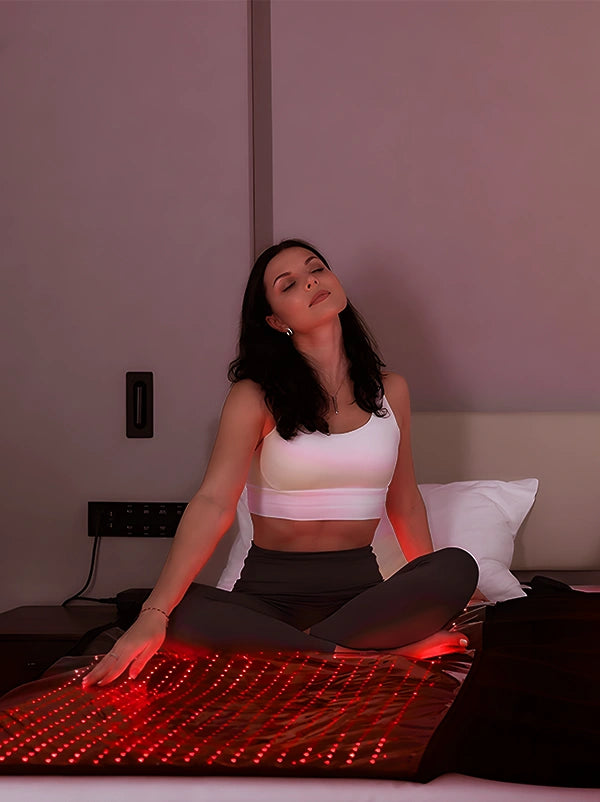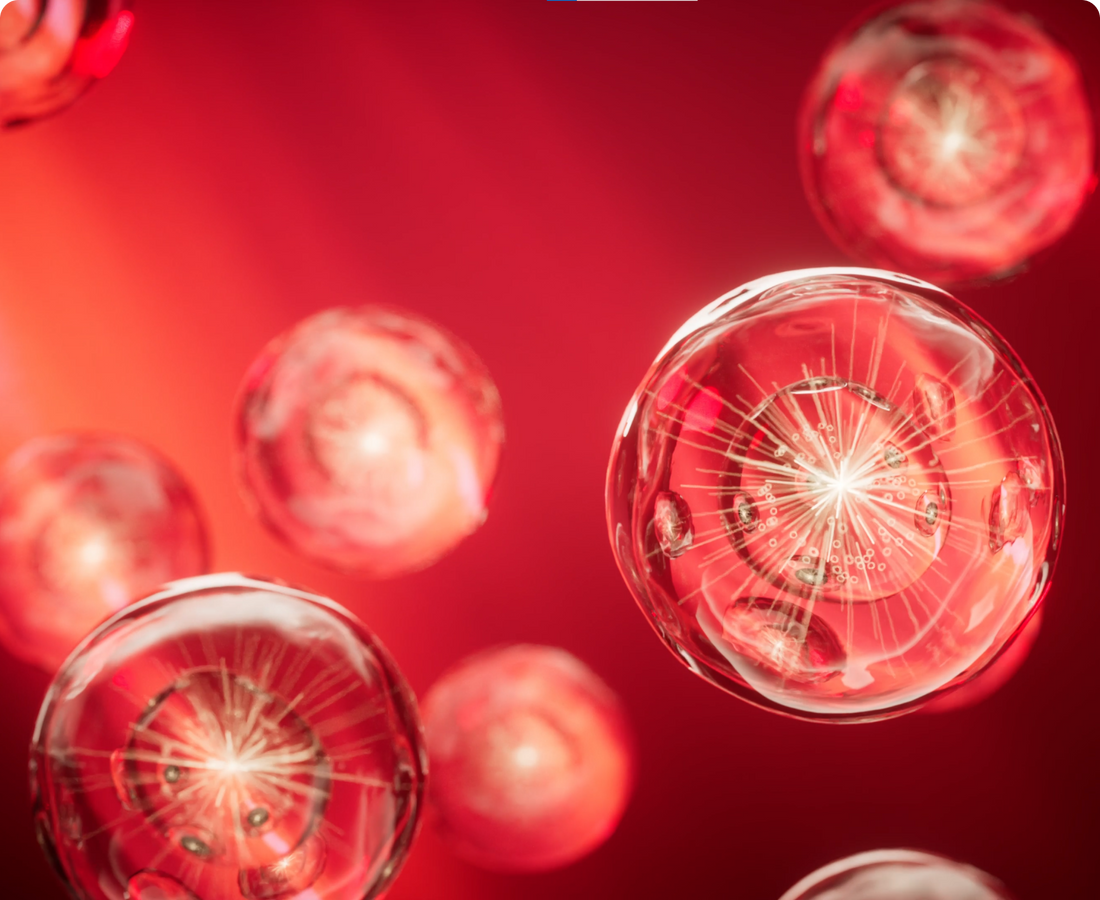
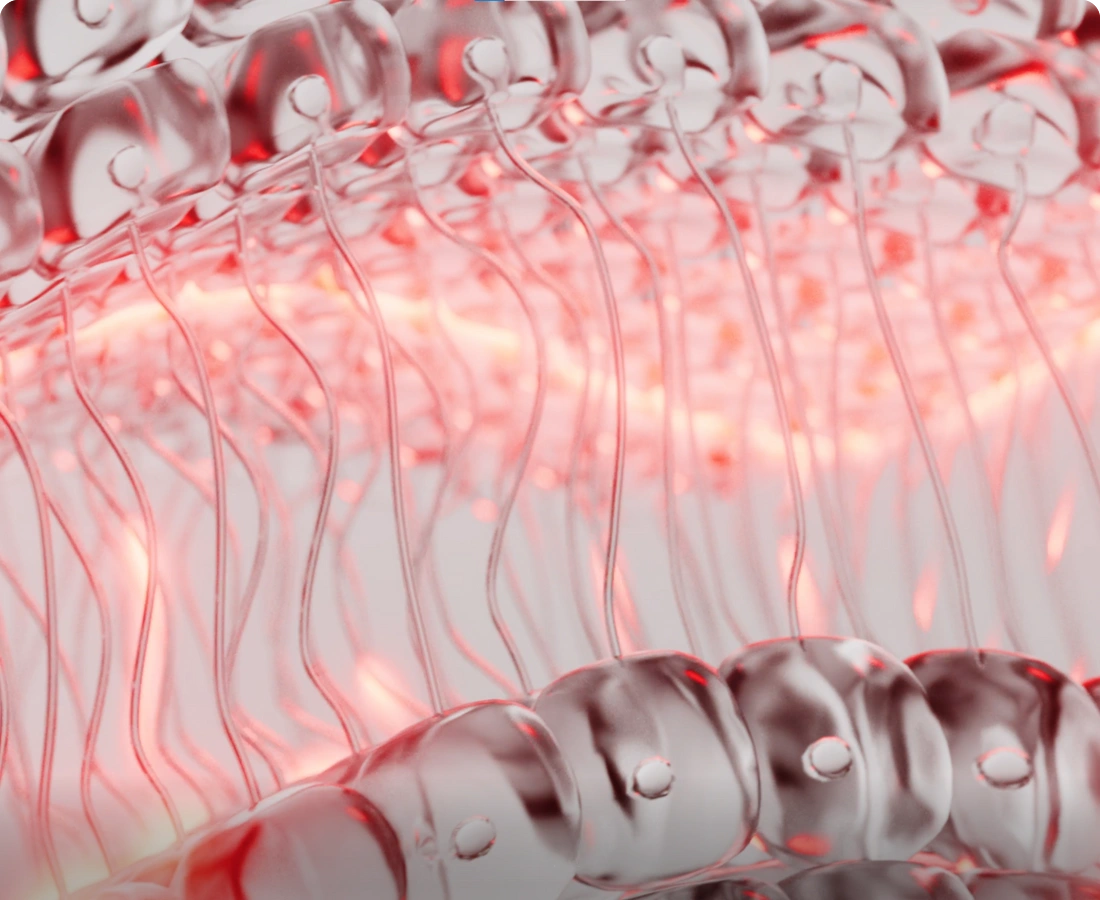
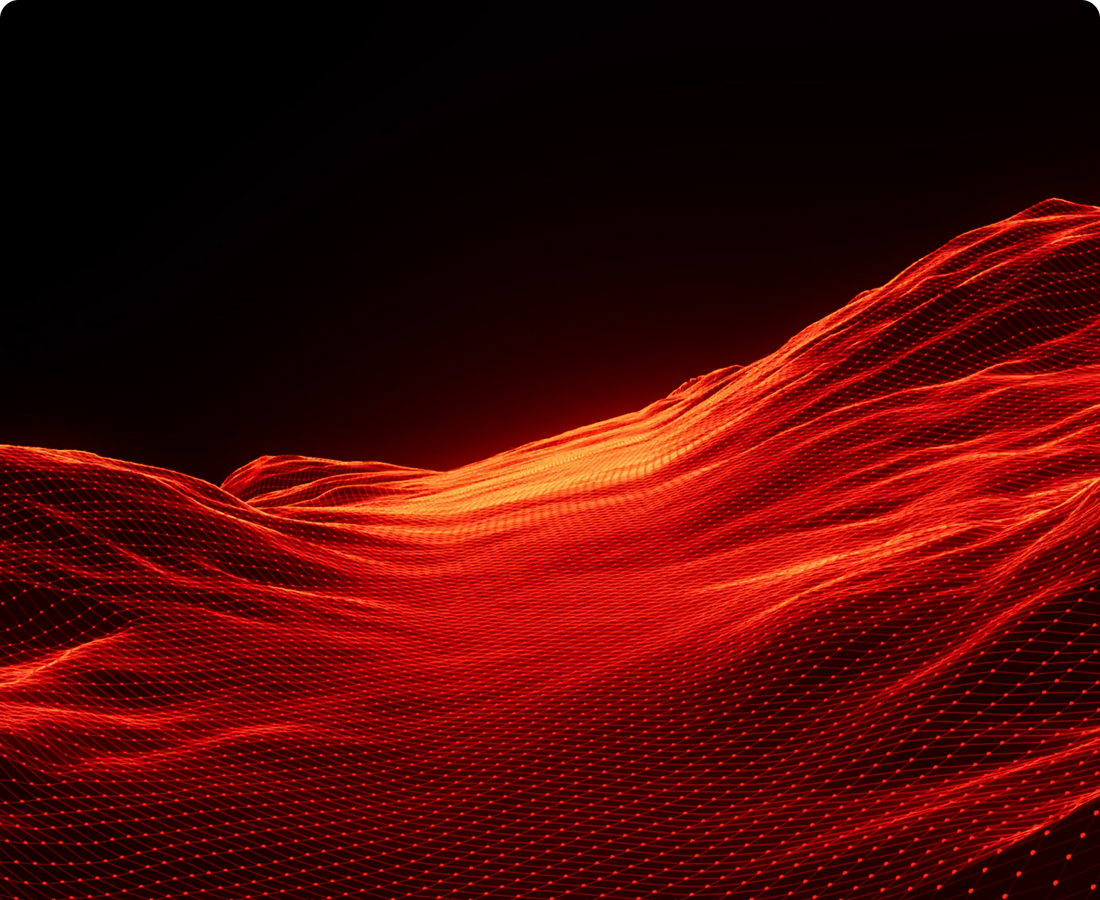
Blue light has been clinically proven to work on the skin's surface, delivering the following benefits:
- Fights acne-causing bacteria
- Balances oil production
- Calms inflammation
Clinically, blue light therapy tackles acne naturally by targeting its root causes. It destroys acne-causing bacteria by activating their natural porphyrins, creating oxygen-free radicals that eliminate breakouts without chemicals. Simultaneously, it calms inflammation and reduces redness while regulating oil production to prevent future clogged pores. For enhanced results, pairing blue light with red light accelerates healing and soothes skin further —offering a safe, non-invasive solution for clearer, healthier skin.
1. Phototherapy with blue (415 nm) and red (660 nm) light in the treatment of acne vulgaris
Papageorgiou P, Katsambas A, Chu A.
Br J Dermatol. 2000; 142(5): 973–978.
Clinical studies on green light are limited, but existing research highlights its potential benefits:
- Reduce appearance of dark spots
- Calms skin redness
- Relieves head pain
1.VISIA Skin Analysis System as a Tool to Evaluate the Reduction of Pigmented Skin and Vascular Lesions Using the 532 Nm Laser
Zawodny P, Stój E, Kulig P, Skonieczna-Żydecka K, Sieńko J.
Clin Cosmet Investig Dermatol. 2022 Oct 14; 15: 2187–2195.
Like green light, clinical research on yellow light is limited. However, existing studies highlight its benefits:
- Reduces redness
- Inhibits melanin production & angiogenesis
- Reduces the appearance of spots
1.Light-emitting diode 585nm photomodulation inhibiting melanin synthesis and inducing autophagy in human melanocytes
Li Chen, Zhongyi Xu, Min Jiang, Chengfeng Zhang, Xuan Wang, Leihong Xiang.
J Dermatol Sci. 2018 Jan; 89(1): 11-18.
Extensive research confirms the benefits of red light for both skin and overall health, including:
- Stimulates collagen and elastin
- Smooths fine lines
- Calms inflammation
1.Low-level laser (light) therapy (LLLT) in skin: stimulating, healing, restoring
Avci P, Gupta A, Sadasivam M, Vecchio D, Pam Z, Pam N, Hamblin MR.
Near-infrared light (830–880 nm) penetrates deeper into the skin than red light, reaching the dermis and tissues. It stimulates mitochondria, boosting collagen production for firmer skin, activating hair follicles for thicker growth, and reducing inflammation for faster healing.
1.Noninvasive red and near-infrared wavelength-induced photobiomodulation: promoting impaired cutaneous wound healing.
Anju Yadav, Asheesh Gupta.
Photodermatol Photoimmunol Photomed. 2017 Jan; 33(1): 4-13
NIR light at 1064 nm penetrates deep into the dermis and subcutaneous layers, making it ideal for non-ablative skin rejuvenation, scar revision, and anti-inflammatory treatments. It stimulates collagen renewal and elastin production, reducing wrinkles, tightening skin, and repairing sun damage.
1.Objective assessment of skin rejuvenation using near-infrared 1064-nm neodymium: YAG laser in Asians
Yohei Tanaka 1, Kiyoshi Matsuo, Shunsuke Yuzuriha.
Clin Cosmet Investig Dermatol. 2011: 4: 123-30.
Traditional skincare primarily works on the surface, while light therapy penetrates deep into the skin, activating cellular vitality at the source.
Through photobiomodulation, light therapy stimulates collagen production—essential for skin firmness and elasticity—helping to reduce wrinkles caused by sagging. It also enhances cellular energy, accelerates metabolism, and repairs aging tissue, naturally smoothing fine lines.
Additionally, light therapy improves nutrient absorption and strengthens the skin's defense against environmental damage, restoring a youthful glow. Despite daily light exposure, the skin still responds effectively to targeted wavelengths like red and near-infrared light.
1.Low-level laser (light) therapy (LLLT) in skin: stimulating, healing, restoring
Avci P, Gupta A, Sadasivam M, Vecchio D, Pam Z, Pam N, Hamblin MR.
Semin Cutan Med Surg. 2013 Mar; 32(1): 41-52.
Acne results from excess oil production, clogged pores, and bacterial infection. While antibiotics are a common treatment, their widespread use has led to antibiotic resistance. Light therapy offers a non-invasive alternative, effectively targeting acne with blue and red wavelengths.
Blue light eliminates acne-causing bacteria, reducing inflammation at the source. Red light penetrates deeper, promoting skin repair, calming redness, and regulating the skin's immune response. Unlike topical or oral treatments, light therapy is non-irritating, free of side effects, and safe for most skin types, including sensitive skin.
1.Blue and red light combination LED phototherapy for acne vulgaris in patients with skin phototype
IVLee SY, You CE, Park MY.
Lasers Surg Med. 2007 Feb; 39(2): 180-8.
Wound healing involves inflammation control, cell proliferation, and tissue remodeling. Light therapy accelerates this process by energizing cells, stimulating blood vessel formation, and improving circulation, ensuring oxygen and nutrients reach the damaged area for faster recovery.
Additionally, light therapy promotes collagen production, which is crucial for wound repair. Collagen strengthens the skin, enhances its toughness, and reduces scar formation. For a natural and effective solution to wound healing, light therapy is a proven, trusted option.
1.Effects of low-power light therapy on wound healing: LASER x LED
Chaves MEDA, Araújo A R, Piancastelli A C C, et al.
Anais brasileiros de dermatologia, 2014, 89(4): 616-623.
Inflammation is a natural defense against infection, injury, or irritation, but when excessive or prolonged, it can lead to chronic pain, tissue damage, and accelerated aging.
Light therapy inhibits inflammation through multiple mechanisms: it reduces the release of pro-inflammatory factors, lowers cellular sensitivity to inflammatory stimuli, and helps clear harmful byproducts. This promotes a balanced healing process.
1.Mechanisms and applications of the anti-inflammatory effects of photobiomodulation.
Hamblin MR.
AIMS Biophys. 2017; 4(3): 337-361.
Hyperpigmentation—such as melasma, acne marks, and sunspots—occurs due to melanin buildup, metabolic imbalances, and poor circulation. When melanocytes overproduce pigment under oxidative stress, the skin struggles to maintain an even tone.
Tyrosinase, a key enzyme in melanin production, plays a central role in pigmentation. Light therapy intervenes directly in this process: blue light disrupts melanocyte activity and inhibits tyrosinase, reducing melanin synthesis.
1.A prospective randomized comparative study on 60 Indian patients of melasma, comparing pixel Q-switched NdYAG (1064 nm), super skin rejuvenation (540 nm) and ablative pixel erbium YAG (2940 nm) lasers, with a review of the literature
Garg S, Vashisht KR, Makadia S.
Cosmet Laser Ther. 2019 Aug; 21(5): 297-307.
Pain is a common symptom of various health issues and a leading cause of medical visits. While traditional treatments like medications and nerve blocks have limitations, light therapy offers a proven, non-invasive, and affordable alternative with minimal side effects and high safety.
Light therapy alleviates pain by modulating neurotransmitter release, reducing pain signals, and lowering brain excitability.
1.Low-intensity LASER and LED (photobiomodulation therapy) for pain control of the most common musculoskeletal conditions
DE Oliveira MF, Johnson DS, Demchak T, Tomazoni SS, Leal-Junior EC.
Eur J Phys Rehabil Med. 2022 Apr; 58(2): 282-289.
For effective health management and body shaping, exercise and diet are fundamental. As a non-invasive approach, light therapy enhances fat metabolism at the cellular level, promoting more efficient fat breakdown and scientifically supported body contouring.
Fat accumulation plays a key role in body shape changes. Light therapy utilizes specific wavelengths to target fat cells, increasing membrane permeability to facilitate fat release and metabolism.
1.Low‐level laser therapy for fat layer reduction: a comprehensive review
Avci P, Nyame T T, Gupta G K, et al.
Lasers Surg Med. 2013 Aug; 45(6): 349-57.
Hair loss affects over half of the global population. As a drug-free solution, light therapy is gaining recognition for its ability to stimulate hair follicles and promote healthy hair growth through targeted red and near-infrared wavelengths.
These wavelengths activate follicular stem cells, triggering the growth phase and "recharging" dormant follicles to resume hair production.
1.Low-level laser (light) therapy (LLLT) for treatment of hair loss
Avci P, Gupta GK, Clark J, Wikonkal N, Hamblin MR.
Lasers Surg Med. 2014 Feb; 46(2): 144-51.
Sleep and mood are closely interconnected: chronic insomnia increases stress and depression risk, while poor mood disrupts sleep quality, creating a vicious cycle. Light therapy provides a natural, drug-free solution to improve both sleep and emotional well-being.
By regulating melatonin production, morning light exposure helps suppress melatonin during the day, promoting alertness and supporting a natural sleep-wake cycle.
1.Light therapy in the treatment of patients with bipolar depression: A meta-analytic study
Tseng PT, Chen YW, Tu KY, Chung W, Wang HY, Wu CK, Lin PY.
Eur Neuropsychopharmacol. 2016 Jun; 26(6): 1037-47.
Get Your Light Therapy Device By Your Needs
Boost your confidence at any age, no matter what your health concern is.
Shop NOW